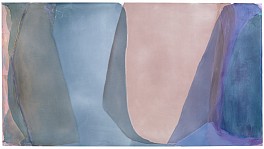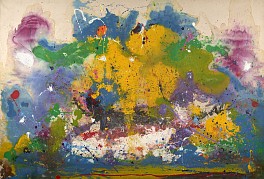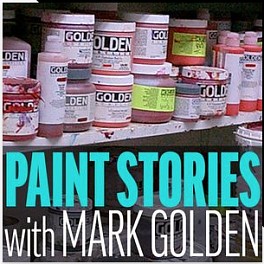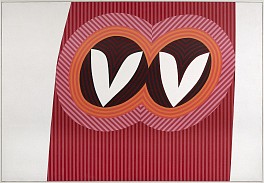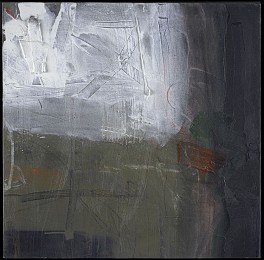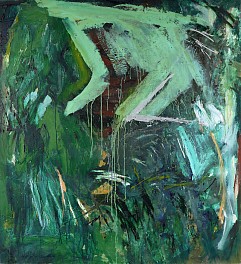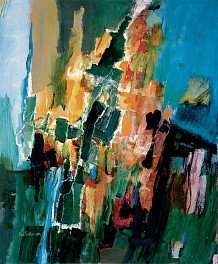Frank Wimberley | Long Islanders share memories of serving in World War II
November 11, 2020 - Merle English for Newsday
THE TRANSPORT BUSINESS
Frank Wimberley’s military engagement began as a private assigned to the 3384th Quartermaster Truck Company. Said Wimberly, "I never did any fighting. I did a lot of transporting troops and shipping supplies to areas where there was fighting." Because Black men could only serve in segregated units of the military, many were assigned to labor and service units.
Wimberley was happy with his assignment, however. "I liked that job; I liked being in a foreign country," he said. "We were very much liked by the Germans because we were Black; they liked the fact that they were meeting a different kind of American."
He said he suffered some of the hostility directed at Blacks by some whites, "even in the U.S. military," Wimberley remarked.
"The Black soldiers in my unit were always segregated from the whites. White soldiers would show animosity to us."
"You’re always going to find some problem makers, especially in the service," he said, "but I enjoyed my stay over there."
Encounters between Blacks and Germans were mostly social, Wimberley said. "A lot of the guys had German girlfriends," he said. "Everybody was poor because of the war; they would fix dinners for us. They had to go on the farms and steal food."
He described how a shared love of music fostered camaraderie among the Black soldiers. "We would form little groups," said Wimberley, who played the trumpet. "There were others who played other instruments; we would get together and play; it was always jazz."
Learning that Wimberley had an interest in art, German soldiers who were artists themselves "made portraits of us," Wimberley said. "We gave them cigarettes; they’d rather have that than money. We didn’t like the Germans because of Hitler, but some of them became my very good friends," he said.
After 18 months in the service, Wimberley was discharged. "I was so glad to get back home," he said. "I wanted to come home and see my mother in the kitchen."
His latent bent toward art spurred Wimberley to pursue studies in painting, sculpture and pottery at Howard University. From a family of musicians and artists, "I’ve always been some kind of an artist, but I got better," said Wimberley, who is represented by the prestigious Berry Campbell Gallery in Manhattan. Christine Berry, a co-owner of the gallery with Martha Campbell, said his abstract paintings are highly sought-after around the nation.
Some of Wimberley’s works are included in "Color and Absence," a show at the Southampton Arts Center through Dec. 27. He is usually busy, dividing his time between his home in Sag Harbor, his studio in Corona, Queens, and Berry Campbell. Wimberley is married. He and his wife, Juanita, have a son, Walden, a musician.
Read More >>
Jill Nathanson, Light's Cover, 2019, acrylic and polymers with oil on panel, 38 1/4 x 74 inches



